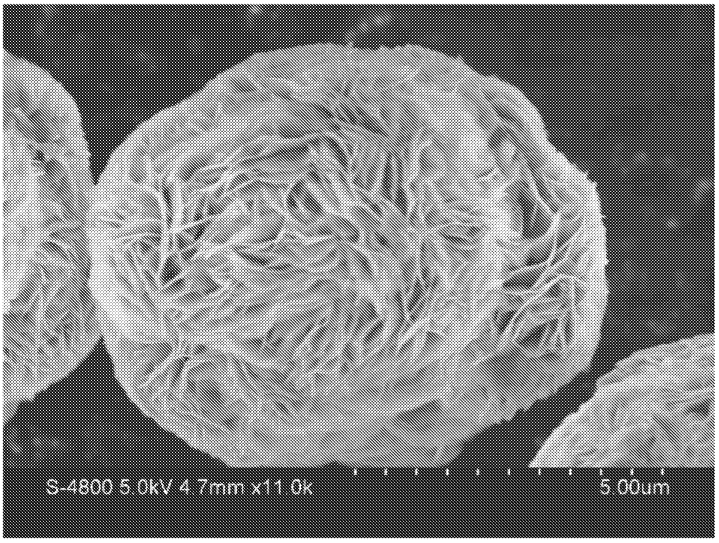
Tesla's New Cathode Material Processing Method
Generally, Lithium-ion batteries have three main components: anode, cathode, and electrolytes. In Lithium-ion batteries, the cathode material is the most expensive part due to its high production costs, raw materials, and low specific lithium-ion storage capacity. Therefore, achieving batteries that meet industry standards requires selecting suitable materials and optimizing the manufacturing process.
Lithium-containing mixed metal oxides are typically produced through two fundamental steps. A uniform solution of metal sulfates is first prepared in an aqueous solution. The pH of the solution is controlled to precipitate the mixed metal oxides. Finally, Lithium compounds are added to the mixed oxide and then heated at a high temperature as the second step of processing.
As a result of the conventional process, undesirable effluent such as sulfur-oxygen ions and nitrates is produced during precipitation in large quantities, which can threaten the environment. Since this solution cannot be reused in cathode synthesizing, considerable wastewater is generated. Additionally, metal sulfates such as nickel, cobalt, and manganese sulfates are the main precursors for cathode production, and demand for these compounds is constantly growing while the price is increasing.
Tesla introduces an innovative method of synthesizing cathodes that eliminates these limitations and drawbacks. The new process reduces reliance on common raw materials with limited production capacity by replacing nickel sulfate with metallic nickel. A basic solution (with a pH above 7) containing ammonia as a controller for reaction speed is used in this method. Then, it is possible to remove the ammonia as gas after the reaction. So this method allows up to 75% of the aqueous solution to be recycled, and ammonia gas can be reused in the fertilizer industry.
Previously at BattScout, we have reviewed Telsa's new recycling method. In this unique solution, nickel is extracted in metallic form and not as an oxide of sulfate. The new cathode fabrication method, alongside the metallic precursor from Tesla's recycled material, can reduce waste material and the cost of active cathode material, resulting in more affordable batteries than other competitors in the industry.
SEM image of active cathode material, “Process to Produce Cathode Materials for Rechargeable Li Batteries” WO 2021/050935 A1

